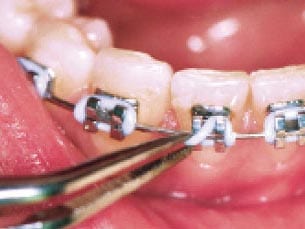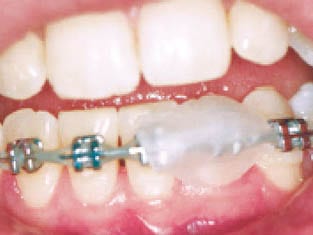Orthodontic Emergencies
True orthodontic emergencies are very rare, but when they do occur we are available to help you. As a general rule, you should call the office when you experience severe pain or when you have a painful appliance problem that cannot take care of yourself. We will be happy to schedule an appointment to resolve the problem as quickly as possible.
Handling Orthodontic Emergencies
You might be surprised to learn that you are able to temporarily solve many problems. When working with your appliances, you need to know the names of the parts of your appliances so you are able to identify what part is broken or out of place. After alleviating your discomfort, it is very important that you call our office as soon as possible to schedule a time to repair the problem. Allowing your appliance to remain damaged for an extended period of time may result in disruptions in your treatment plan.
Tools You Will Need
With these tools and supplies on hand (most of which you already have) you will be prepared to handle the most common orthodontic emergencies:
Non-medicated Orthodontic Relief Wax
Dental
Floss
Sterile
Tweezers
Small, Sharp
Clipper
Cotton Swabs
(Q-tips)
Salt
Interproximal
Brush
Anatomy of Braces
Understanding your braces and how they work is important and will better equip you to handle some of the more common problems that can arise.
Your braces are made up of several components:
- Ligatures (A)
- Archwires (B)
- Brackets (C)
- Metal Bands (D)
- Elastic Hooks and Rubber Bands (E)
To learn more about what each component does, tap or click on the corresponding letter in the diagram.

The archwire is held to each bracket with a ligature, which can be either a tiny elastic or a twisted wire.
The archwire is tied to all of the brackets and creates force to move teeth into proper alignment.
Brackers are connected to the bands, or directly bonded on the teeth, and hold the archwire in place.
The band is the cemented ring of metal which wraps around the tooth.
Elastic hooks are used for the attachment of rubber bands, which help move teeth toward their final position.
Common Orthodontic Problems

Food Caught
Between Teeth

Ligatures/Color Ties
Come Off

Discomfort

Mouth Sores

Irritation in Mouth

Protruding Wire



